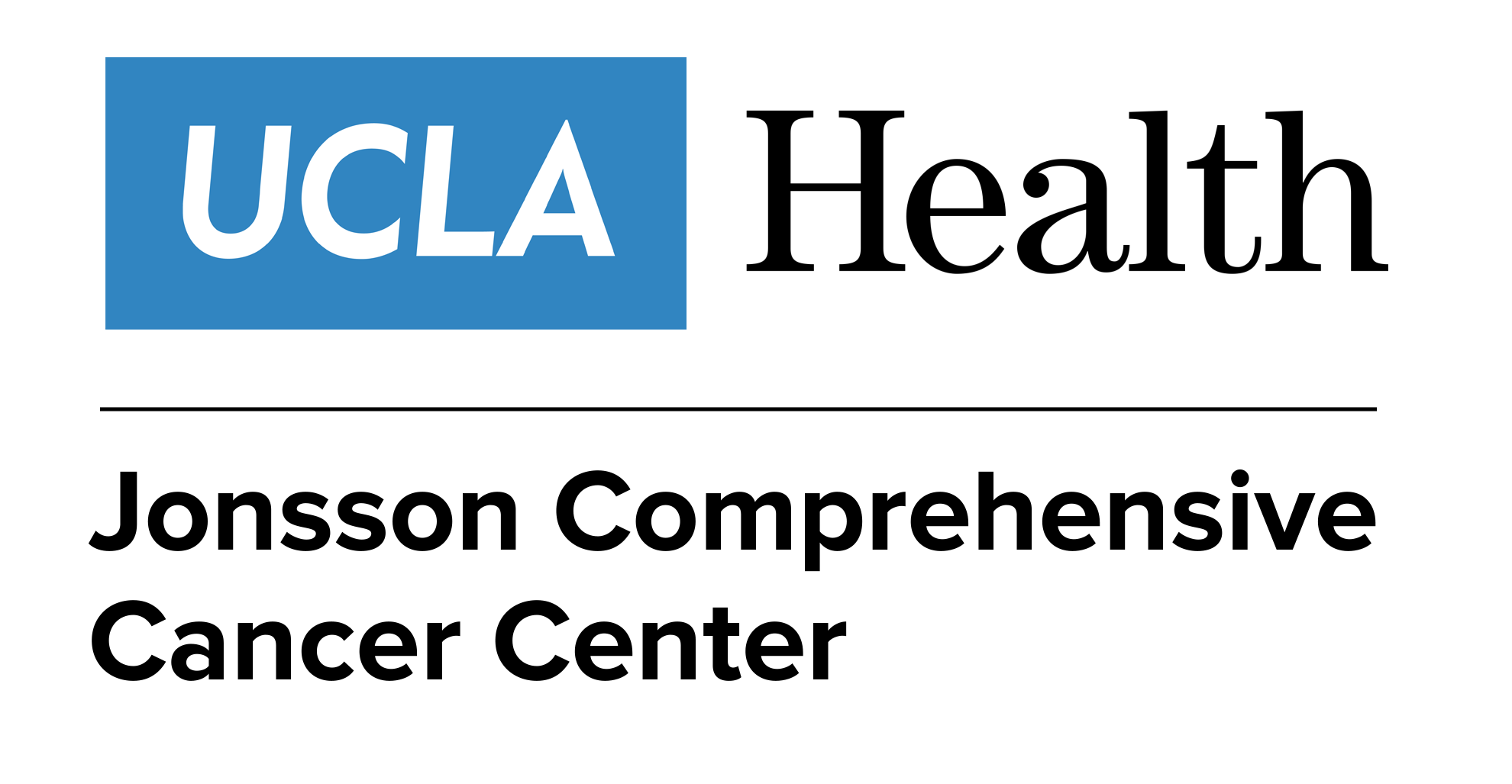- Advertise
- About OncLive
- Editorial Board
- MJH Life Sciences brands
- Contact Us
- Privacy
- Terms & Conditions
- Do Not Sell My Information
2 Clarke Drive
Suite 100
Cranbury, NJ 08512
© 2025 MJH Life Sciences™ and OncLive - Clinical Oncology News, Cancer Expert Insights. All rights reserved.
Addition of ADT to Radiation, and Prolonged ADT, Provide Clinical Benefit in Localized Prostate Cancer
The use of androgen deprivation therapy and prolongation of adjuvant ADT to at least 18 months in conjunction with definitive radiotherapy provides clinically meaningful benefit for patients with localized prostate cancer, irrespective of radiation dose.
The use of androgen deprivation therapy (ADT) and prolongation of adjuvant ADT to at least 18 months in conjunction with definitive radiotherapy provides clinically meaningful benefit for patients with localized prostate cancer, irrespective of radiation dose, according to data from a meta-analysis that were presented during the 2021 ASTRO Annual Meeting.1,2
After a median follow-up of 12.9 years (interquartile range [IQR], 9.0-17.0), results showed that the addition of ADT to radiation improved both the 12-year metastasis-free survival (MFS) and overall survival (OS) by 8% (HR, 0.83; 95% CI, 0.77-0.89; P <.001) and 7% (HR, 0.86; 95% CI, 0.80-0.92; P <.001), respectively.
Furthermore, after a median follow-up of 10.9 years (IQR, 7.0-14.8), prolongation of adjuvant ADT improved both 12-year MFS and 12-year OS by 7% (HR, 0.84; 95% CI, 0.78-0.91; P <.001) and 7% (HR, 0.85; 95% CI, 0.78-0.94; P <.001), respectively.
However, at a median follow-up of 10.3 years, prolongation of neoadjuvant ADT was not associated with a significant benefit in MFS (HR, 0.95; 95% CI, 0.83-1.09; P = .5) nor OS (HR, 0.95; 95% CI, 0.82-1.10; P = .47). These data suggest that neoadjuvant ADT should be routinely recommended in clinical practice.
“Individual patient data meta-analyses provide the highest levels of evidence in oncology, allowing us to quantify treatment effects,” Amar Kishan, MD, chief of the Genitourinary Oncology Service, Department of Radiation Oncology, at the David Geffen School of Medicine at University of California, Los Angeles (UCLA) and the UCLA Jonsson Comprehensive Cancer Center, said in a press release. “The approach has been used to assess therapies in breast cancer and head and neck cancers, but this is the first such effort for prostate cancer.”
In the meta-analysis, investigators sought to quantify the impact of 3 well-studied treatment-intensification strategies with radiotherapy for localized disease: ADT, neoadjuvant ADT prolongation, and adjuvant ADT prolongation.
The analysis was conducted with data from 10,853 patients enrolled in 12 radiation therapy trials to evaluate the 3 treatment approaches. Trials excluded from the analysis included those with no data on distant metastasis and survival, single-center trials, trials that only used non-steroidal antiandrogen therapy, and trials that utilized lifelong ADT.
The primary end point was MFS; secondary endpoints included OS, biochemical recurrence, and distant metastasis.
Regarding patient characteristics, the median age was 70.0 years old (IQR, 65.0-74.0). The median prostate-specific antigen level among patients was 12.2 ng/mL (IQR, 7.6-20.6), and most patients had a T stage of 1 or 2 (68.4%). Additionally, patients had a Gleason score of 6 (40.3%), 7 (41.9%), or 8 to 10 (17.8%). Moreover, 46.6% of patients had high-risk disease, 43.3% had intermediate-risk disease, and 10.1% had low-risk disease, per National Comprehensive Cancer Network guidelines.
The median follow-up was 11.4 years (range, 9.0-15.0), and treatment arms were well-balanced by randomization between the 3 strategies.
Additional data showed that the 12-year MFS rate was 51% (95% CI, 49%-53%) for those who received ADT plus radiation vs 43% (95% CI, 41%-45%) for those who did not. Twelve-year OS rates were 55% (95% CI, 52%-57%) and 48% (95% CI, 46%-50%), respectively.
In the neoadjuvant ADT comparison, the 12-year MFS rate for those who received prolonged neoadjuvant ADT was 57% (95% CI, 53%-61%) vs 54% (95% CI, 50%-59%) for those who received standard neoadjuvant ADT, and the 12-year OS rates were 59% (95% CI, 55%-63%) and 57% (95% CI, 52%-61%), respectively.
For those who received prolonged adjuvant ADT, the 12-year MFS rate was 33% (95% CI, 30%-35%) vs 26% (95% CI, 24%-29%) for patients treated with standard adjuvant ADT. The 12-year OS rates were 54% (95% CI, 51%-57%) and 47% (95% CI, 45%-50%), respectively.
The authors added that the radiation dose does not augment the relative benefit from the use of ADT, or prolongation of adult ADT, in the randomized phase 3 studies.
References
- Kishan AU, Sun Y, Pisansky TM, et al. Individual patient data meta-analysis of randomized trials in cancer of the prostate (MARCAP) consortium: impact of androgen deprivation therapy use and duration with definitive radiotherapy for localized prostate cancer. Presented at: 2021 ASTRO Annual Meeting; October 24-27, 2021; Chicago, IL. Abstract 8.
- ASTRO: International meta-analysis quantifies impact of three prostate cancer therapy intensification strategies. News release. UCLA. October 26, 2021. Accessed October 27, 2021. https://bit.ly/31bSueP


